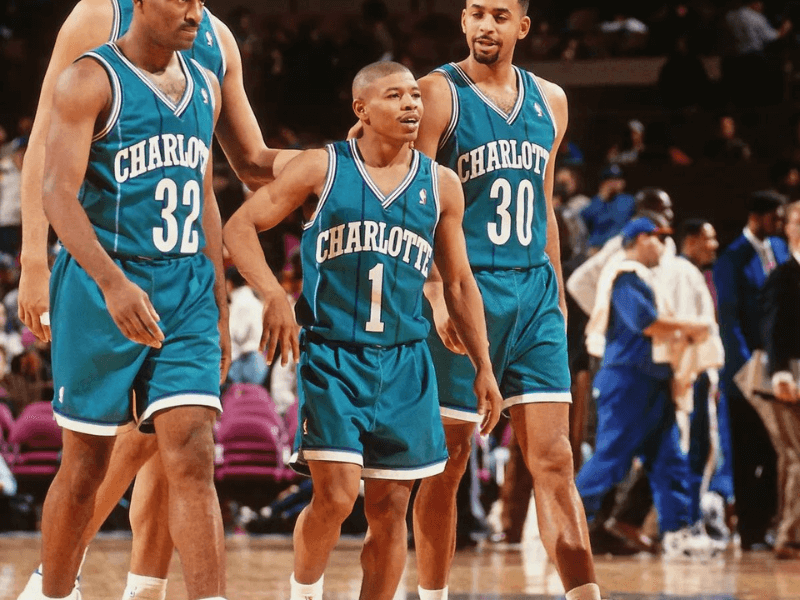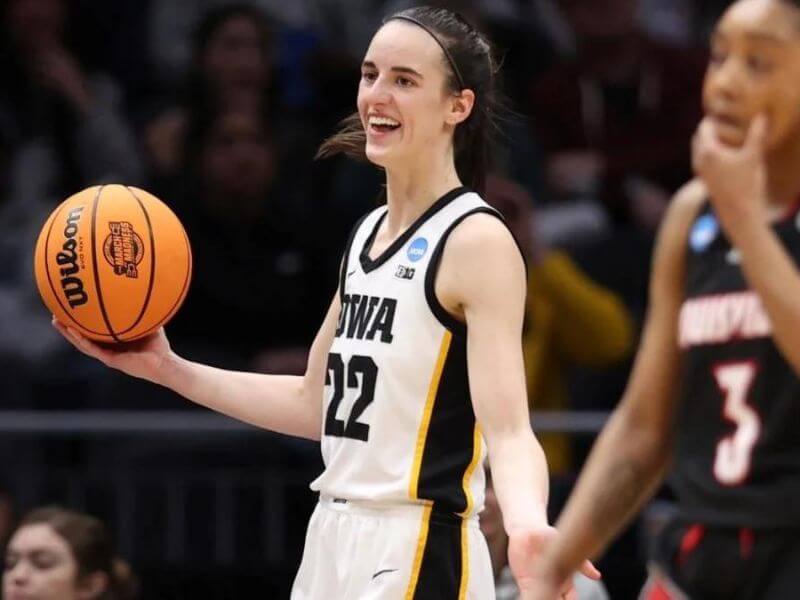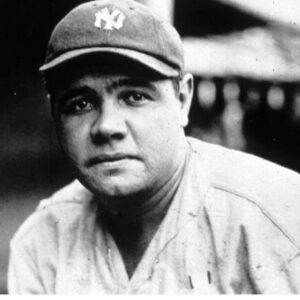What are bonuses in basketball? When watching a basketball game on television or looking at the scoreboard in-person, you’ve likely come across the word ‘Bonus’ located under each team’s current score.
It confuses a lot of people who don’t fully understand how team fouls work in the NBA, NCAA, FIBA, and high school basketball.
So, what is the bonus in basketball?
The bonus, also known as the penalty for the opposing team, occurs when a team commits the requisite number of fouls in a given quarter or half. When in the bonus, drawing a foul results in free throws regardless of whether or not it’s a shooting foul. The rules vary slightly depending on the league.
If it weren’t for the bonus in basketball, referees would have a difficult time keeping the defense honest, especially in tight games. It’s extremely easy to run out the clock late in games, taking away any opportunity the opposing team has in making a comeback.
The bonus helps even the playing field for every team, player, and coach involved.

What Does Being in the Bonus Mean in Basketball?
Being in the bonus puts any team at an advantage — both on the offensive and defensive side of the ball.
When your team is in the bonus, it means your opponent has committed the maximum number of common team fouls without penalty — five in the NBA and FIBA (international play) and seven in college basketball.
Normally, these team fouls (non-shooting) result in a change of possession or your team inbounding the ball.
When in the bonus, referees treat those common, non-shooting fouls as shooting fouls — rewarding your team with free throws. As a result, your opponent starts to play conservative, rather than aggressive basketball.
The change in your opponent’s style of play when you enter the bonus is a highly-underrated aspect of being in the bonus. It gives your team the space it needs when opening up the floor, setting up proper plays, and finding the right shots.
If your opponent makes a mistake, there’s a good chance you’re going to the free-throw line for some easy points.
If they don’t make a mistake, you know you’re getting the best shot available. Either way, it’s a win-win situation for you and your squad.
Why Do We Need the Bonus in Basketball?
The bonus is important to the game’s integrity because it effectively discourages players from fouling throughout the game.
Fouls always happen whether or not you want them to, but the bonus makes fouling an unattractive option — which is good for the game.
Imagine you’re playing in a tight basketball game with just under a minute left. The score is only separated by a couple of points and your team is currently down, but there’s still a chance to win.
These are the moments where fairness and equal opportunity are extremely crucial.
Instead of working towards a quality shot that puts your team in a position to win, the opposing coach sends out one of their bench players to commit a non-shooting foul against one of your players.
They do this strategically, bringing your team out of rhythm when it matters most.
Since it’s a non-shooting foul, the player isn’t sent to the free-throw line and the ball is taken out of bounds — forcing the team to start their possession over.
This is troublesome for the team that’s trying to win the game because they’re not given a fair opportunity to finish strong. The other team can continue committing non-shooting fouls without penalty, which results in them unfairly running out the clock.
Without the bonus in basketball, teams could use this strategy anytime they wanted to slow down the game’s tempo.
The only risk teams run is having a player foul out, but it’s easy to control when the fouls are intentional and are mostly coming from bench players that wouldn’t have played anyway.
With the bonus in basketball, teams must resort to a different strategy if they want to give their team a better chance of winning on the basketball court.
The entire concept hinges on the fact that players won’t foul if it results in the opponent earning free throws. They will, however, foul if there’s no penalty attached, hence the reason for the bonus.

Controversy With the Bonus in Basketball
One thing basketball never lacks is controversy, especially when looking at the rule book. Things are no different with the bonus rule, which has seen its fair share of concerns and changes over the years.
Two significant controversies forever changed the way we view the bonus rule — Jim Valvano’s foul-for-profit strategy and the hack-a-Shaq strategy that became popular later on.
During the 1983 NCAA Division I Men’s Basketball Tournament, an NC State team led by head coach Jim Valvano made national news when they upset Houston in the championship game. His team was famous for its foul-for-profit strategy to end games.
If they knew their opponent was bad at free throws, they would intentionally foul them late in the game and send them to the free-throw line.
At the time, players were put in a one-and-one situation, meaning play would resume if they missed the first free throw.
Knowing they would likely miss at least one of the free throws, it essentially gave NC State an advantage late in the game and ultimately led them to a 54-52 championship win over Houston.
The concept here was limiting the opposing team to one point (if they only make one free throw) or no points (if they miss the first free throw) on that possession.
If they grab the rebound off the missed free throw, it’s their possession and they can gain two, three, or four points on the other end. That’s where the ‘foul-for-profit’ name was born.
To counter this, the double bonus was invented (only in NCAA, not in FIBA or NBA). After the 10th team foul of the half, the opposing team automatically gets two free throws, as opposed to the one-and-one situation before.
Teams were now thinking twice before using the Jimmy V foul-for-profit strategy.
The hack-a-Shaq strategy is similar but was primarily used in the NBA. The NBA doesn’t use the double bonus rule and doesn’t have the one-and-one situation, but they do have players that struggle at the free-throw line.
Where bad free throw shooters exist, so do teams looking to exploit their poor shooting.
NBA teams started intentionally fouling poor free-throw shooters, which is extremely valuable late in games. One of the players that became a frequent target was Shaquille O’Neal, so much that the strategy was named after him.
In 2016, the NBA implemented a series of rule changes to limit the Hack-a-Shaq strategy, but it’s still used in some capacity today. With the new rules in place, teams only have one foul to give in the final two minutes of any quarter, as opposed to just the fourth quarter.
It helped limit these off-the-ball and intentional fouls, but hitting your free throws is still just as important.
Above is information what are bonuses in basketball. Hopefully, through the above content, you have a more detailed understanding of what are bonuses in basketball .Thank you for reading our post









